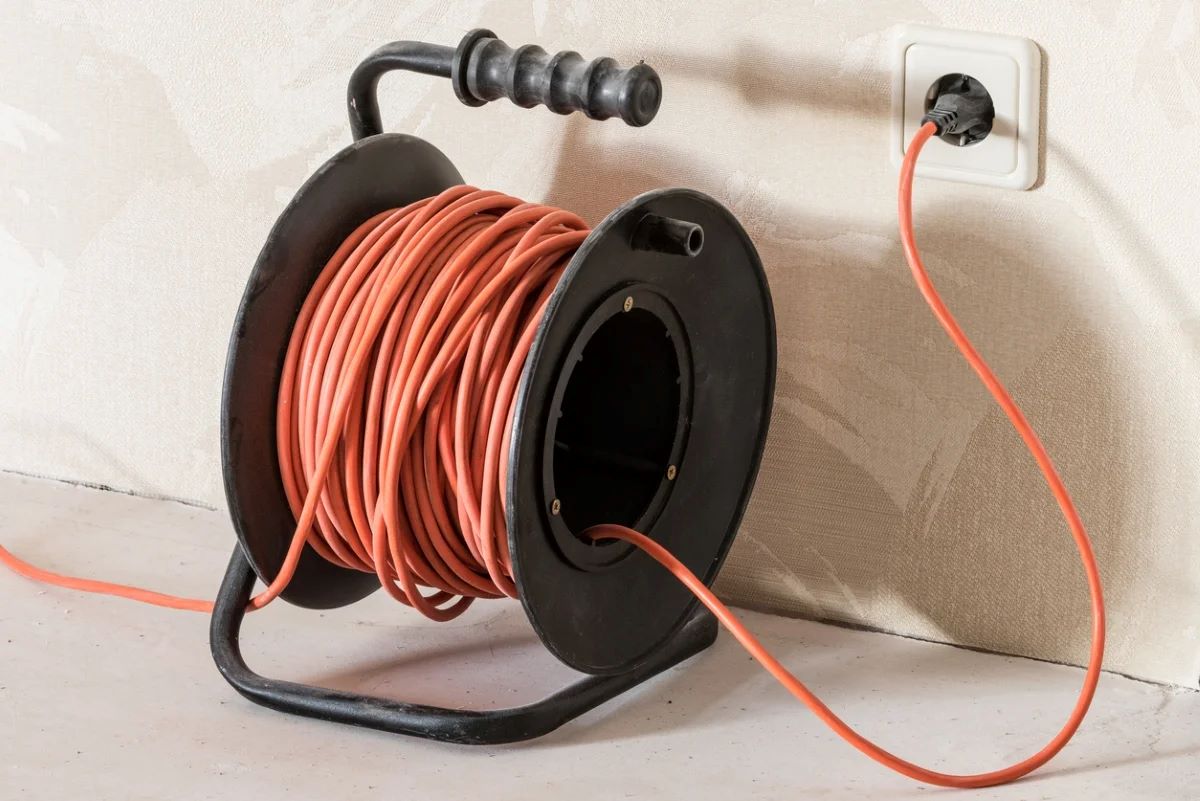

Articles
How To Store Long Extension Cords
Modified: May 6, 2024
Learn the best way to store long extension cords with this informative article. Follow these tips to keep your cords organized and prevent tangles.
(Many of the links in this article redirect to a specific reviewed product. Your purchase of these products through affiliate links helps to generate commission for Storables.com, at no extra cost. Learn more)
Introduction
Extension cords are a necessity in every household and workplace, providing us with the convenience of powering multiple devices or tools from a distance. However, if not stored properly, long extension cords can become tangled messes, causing frustration and even damage. In this article, we will discuss the importance of properly storing long extension cords and provide you with a step-by-step guide on how to store them effectively.
Properly storing your long extension cords not only keeps them organized but also ensures their longevity and functionality. It saves you time and effort when you need to use them again, allowing for a hassle-free experience. Additionally, a well-maintained extension cord is less likely to incur damage or pose risks such as tripping hazards or electrical shorts. By investing a little time in proper storage techniques, you can maximize the lifespan of your extension cords and ensure their safety.
Improper storage of long extension cords can lead to a variety of problems. One of the most common issues is tangling. When cords are haphazardly thrown into a storage space or tangled together, it becomes a tedious task to separate and unravel them when you need to use them. The time wasted untangling cords could be better spent on completing your tasks or enjoying your leisure time.
Another problem that arises from improper storage is damage to the cords themselves. If extension cords are exposed to rough handling, excessive bending, or being pinched under heavy objects, they can get frayed, loosing their insulation, and exposing wires. This poses a serious safety risk, as exposed wires can cause electrical shocks, short circuits, or even fires.
Key Takeaways:
- Properly storing long extension cords is crucial for safety, organization, and longevity. Utilize tools like cord reels, labels, and Velcro straps to keep cords tangle-free, easily accessible, and protected from damage.
- Regular inspections, proper handling, and appropriate storage are key to maintaining the functionality and safety of long extension cords. By following maintenance tips, you can prolong their lifespan and ensure reliable use.
Read more: How To Wrap Long Extension Cord
Importance of Properly Storing Long Extension Cords
Properly storing long extension cords is essential for several reasons. Let’s take a closer look at why it is important:
- Organized and Tangle-Free: By storing your extension cords properly, you can keep them organized and tangle-free. This saves you time and frustration when you need to use them, as you won’t have to spend precious minutes untangling a mess of cords. Instead, you can easily access your neatly stored extension cords and get right to work.
- Enhanced Safety: Proper storage not only prevents damage to the cords but also ensures your safety. When cords are tangled or loosely stored, they can easily become tripping hazards. This is especially dangerous in areas with heavy foot traffic or where children and pets are present. Additionally, neatly stored cords are less likely to get damaged or exposed to water, reducing the risk of electrical shocks or fires.
- Prolonged Lifespan: Long extension cords are an investment, and it is essential to protect that investment. Proper storage helps maintain the cords’ structural integrity, preventing them from getting twisted, kinked, or damaged. By storing them in a controlled, dry environment, you can extend their lifespan and avoid the need for frequent replacements.
- Time and Energy Savings: Storing long extension cords properly saves you time and energy. You won’t have to waste valuable minutes untangling cords or searching for the right one. By having an organized storage system in place, you can easily locate and retrieve the cord you need, allowing for more efficient and productive work or leisure activities.
- Clean and Neat Appearance: A cluttered and messy storage area not only makes it difficult to find things but can also make a negative impression. By properly storing your extension cords, you can maintain a clean and organized space, reflecting positively on your attention to detail and professionalism.
In summary, properly storing long extension cords is crucial for maintaining their functionality, ensuring safety, and extending their lifespan. By organizing them in a neat and controlled manner, you can save time, enhance safety, and protect your investment. In the following sections, we will guide you through the process and provide tips for effective storage.
Common Problems with Improper Storage
Improper storage of long extension cords can lead to a range of problems that can hinder efficiency and compromise safety. Here are some common issues that arise when extension cords are not stored correctly:
- Tangling: When extension cords are not neatly coiled and stored, they can become tangled. Untangling a mess of cords can be time-consuming and frustrating. It can also result in kinks or twists in the cords, which may weaken their structure and lead to breakage or reduced conductivity.
- Deterioration: Exposing extension cords to harsh conditions, such as extreme temperatures or moisture, can cause them to deteriorate. This can lead to cracking, fraying, or weakening of the insulation, leaving the wire exposed. Damaged cords pose a significant safety risk and should not be used.
- Inefficient Use of Space: Improper storage of extension cords can result in wasted space. Tossing them in a jumbled pile or knotting them up takes up more room than necessary. This can limit your storage capacity and make it difficult to find and access other items in the area.
- Tripping Hazards: Cords that are not properly stored can create tripping hazards. Loose cords strewn across the floor or piled up in a corner can easily catch someone’s foot and cause them to fall. This can lead to injuries or damage to equipment or furniture.
- Difficulty Identifying Cord Length: When extension cords are tangled or jumbled together, it can be challenging to determine their length. This can be a nuisance when you specifically need a longer cord for a specific task or location. Proper storage ensures that cords are easily identifiable, saving you time and frustration.
These common problems highlight the importance of implementing proper storage techniques for long extension cords. Taking the time to store them correctly will not only address these issues but also help maintain their functionality and prolong their lifespan. In the next section, we will discuss the tools and materials you will need to effectively store your long extension cords.
Tools and Materials Needed for Storing Long Extension Cords
Before you begin the process of storing your long extension cords, it is important to gather the necessary tools and materials. Having the right supplies will make the task easier and more efficient. Here are the tools and materials you will need:
- Cord Reel or Organizer: Invest in a cord reel or organizer specifically designed to handle long extension cords. These devices help keep your cords neatly coiled and prevent tangling. Cord reels come in various sizes to accommodate different cord lengths, so choose one that suits your needs.
- Extension Cord Clips or Hooks: Extension cord clips or hooks are useful for securing your cords to walls, ceilings, or other surfaces. These clips or hooks keep the cords off the floor and prevent them from becoming tripping hazards. They also help in organizing and maximizing storage space.
- Labeling Materials: Labels or tags can be useful for identifying different cords based on their length, purpose, or location. A label maker or waterproof markers can be used to create clear and durable labels. This eliminates the need to unravel or inspect each cord every time you need to use one.
- Storage Container or Bin: A sturdy storage container or bin is essential for keeping your organized cords in one place. Opt for a container that is large enough to accommodate the length of your extension cords while providing protection from dust, moisture, and other elements.
- Velcro Straps or Twist Ties: Velcro straps or reusable twist ties are handy for securing coiled cords. They hold the cords in place and prevent them from unwinding or getting tangled. These straps or ties are adjustable and can be reused, making them a cost-effective option.
These tools and materials will help you streamline the storage process and maintain your long extension cords in an organized and easily accessible manner. Once you have gathered these supplies, you are ready to move on to the next section, where we will provide a step-by-step guide on how to properly store long extension cords.
When storing long extension cords, use a cord reel or wrap them around a sturdy object to prevent tangling and damage. Store in a dry, cool place to prolong their lifespan.
Step-by-Step Guide to Properly Store Long Extension Cords
Properly storing your long extension cords is a straightforward process that can save you time, reduce frustration, and extend the lifespan of your cords. Follow these step-by-step instructions to ensure proper storage:
- Unplug and Disconnect: Before you begin the storage process, unplug your extension cords from any power source and disconnect them from any devices. This ensures your safety and prevents accidental electrical shocks or damage to your equipment.
- Inspect for Damage: Take a moment to inspect each cord for any signs of damage, such as frayed wires or cracked insulation. Discard any cords that show significant wear and tear, as they pose a safety risk and should not be used.
- Coil the Cords: Start by coiling each extension cord into a neat, even loop. Hold one end of the cord and create a loop by bringing it back towards the plug end. Continue looping the cord until the entire length is coiled.
- Use Cord Reels or Organizers: Place the coiled cords onto a cord reel or organizer. If using a cord reel, insert one end of the extension cord into the reel and rotate the handle to wind the cord around the reel. If using a cord organizer, carefully place the coiled cords into the designated compartments.
- Secure the Cords: To keep the cords in place, use Velcro straps or twist ties to secure them. Bundle the cords tightly, ensuring they stay together and don’t unwind. Secure the straps or ties snugly, but not so tight that they damage the cords.
- Label and Store: Use labels or tags to identify each cord based on its length or purpose. Attach the labels near the plug ends to make them easily recognizable. Once labeled, place the organized cords into a storage container or bin. Make sure the container is clean, dust-free, and provides protection from moisture and other elements.
- Organize the Storage Area: Find a suitable location to store your container of cords. Ensure the area is dry, away from direct sunlight, and easily accessible. If necessary, install extension cord clips or hooks on walls or other surfaces to keep the cords off the floor and minimize tripping hazards.
By following these steps, you can store your long extension cords in an organized and efficient manner. You’ll save time when you need to use them again, reduce the risk of damage, and maintain a clutter-free space. In the next section, we will explore alternative storage options for long extension cords.
Read more: How Long Can A 220V Extension Cord Be
Alternative Storage Options for Long Extension Cords
While the traditional method of coiling and storing long extension cords in a container or on a reel works well for many people, there are alternative storage options that you can consider based on your specific needs and space constraints. Here are a few alternative storage options for long extension cords:
- Wall-Mounted Hooks: If you have limited floor or shelf space, wall-mounted hooks can be a great solution. Install hooks on a wall or pegboard, spacing them out to accommodate the length of your cords. Coil the cords neatly and hang them on the hooks. This not only keeps them organized but also makes them easily accessible.
- Hose Reels: Hose reels can be repurposed for storing long extension cords. These reels are designed to handle coiled hoses, but they work just as well for extension cords. Simply coil the cords onto the reel and use the handle to wind them up. Hose reels often come with a built-in handle for easy transportation and storage.
- PVC Pipe Storage: Another creative storage option is to use PVC pipes. Cut the PVC pipe into sections that are slightly longer than the length of your extension cords. Attach these sections to a wall or board parallel to each other. Coil the cords and place them inside the PVC pipe sections. This method keeps the cords neatly organized and visible.
- Cable Storage Bags: Cable storage bags are designed specifically for organizing and storing cables and cords. These bags typically have multiple compartments or pockets to keep cords separate and prevent tangling. Some bags even have additional features like Velcro straps or handles for easy transportation.
- Binder Clips: If you’re looking for a budget-friendly option, binder clips can be surprisingly effective for cord storage. Clip the binder clips onto a sturdy metal or wooden board, then coil and secure the cords by inserting them into the clips. This keeps them organized, visible, and easily accessible.
These alternative storage options offer flexibility and creativity when it comes to storing long extension cords. Choose the method that best suits your space, preference, and budget. The key is to keep your cords organized, protected, and readily available whenever you need them.
In the next section, we will provide some useful tips for maintaining your long extension cords to ensure their longevity and optimal performance.
Tips for Maintaining Long Extension Cords
Maintaining your long extension cords is essential to ensure their longevity and reliable performance. By following these tips, you can keep your cords in excellent condition and avoid potential hazards:
- Regular Inspections: Regularly inspect your extension cords for any signs of wear and tear, such as frayed wires or cracked insulation. If you notice any damage, do not use the cord and replace it immediately. It’s better to be safe than sorry when it comes to electrical safety.
- Proper Handling: Handle your extension cords with care. Avoid yanking or pulling them forcefully, as this can damage the wires inside. When unplugging the cord, pull from the plug itself rather than yanking on the cord. This helps prevent stress and strain on the connection points.
- Avoid Overloading: Never overload an extension cord with devices or appliances that draw more power than its capacity. Refer to the manufacturer’s instructions or labels on the cord for the maximum wattage or amperage it can handle. Overloading can lead to overheating and pose a fire risk.
- Uncoil Fully Before Use: Before using an extension cord, ensure it is completely uncoiled. Coiled cords can generate heat and cause electrical resistance, leading to potential hazards. Lay the cord out in a straight line to allow for proper airflow and minimize the risk of overheating.
- Store in a Dry Location: Moisture can damage extension cords, so it’s crucial to store them in a dry location. Avoid exposing your cords to rain, snow, or other sources of water. If you need to use them outdoors, make sure to use cords specifically designed for outdoor use and keep them protected from the elements.
- Avoid Sharp Bends: Sharp bends or kinks in an extension cord can cause the internal wires to fray or break. When coiling or running cords around corners, do so in a wide curve to avoid sharp bends. This helps maintain the integrity of the wires and prevents damage.
- Keep Away from Heat Sources: Excessive heat can damage extension cords. Avoid running cords near heat sources like radiators, heaters, or hot surfaces. High temperatures can degrade the insulation and increase the risk of electrical shorts or fires.
- Store Vertically: If you utilize a storage container or bin for your cords, store them vertically instead of stacking them on top of each other. Stacking can lead to pressure on the cords, causing damage. Storing them vertically ensures they remain undisturbed and reduces the risk of tangling or crushing.
- Label and Organize: To easily identify specific cords, label them based on their length or purpose. This saves time and prevents the need to unravel multiple cords to find the right one. Keep your cords organized and stored in a designated area to minimize the risk of damage and keep your space tidy.
By following these maintenance tips, you can prolong the lifespan of your long extension cords and ensure safe and reliable use. Regular inspections, proper handling, and appropriate storage are key to maintaining their functionality and preventing accidents.
Conclusion
Properly storing and maintaining your long extension cords is crucial for their functionality, safety, and longevity. By taking the time to store them in an organized and secure manner, you can avoid the hassle of tangled cords, reduce tripping hazards, and extend the lifespan of your cords. Additionally, maintaining your cords through regular inspections and proper handling ensures their reliability and minimizes the risk of electrical hazards.
Whether you choose traditional storage methods like cord reels and containers or opt for alternative solutions like wall-mounted hooks or PVC pipe storage, the key is to keep your cords neatly coiled and protected from damage. Utilizing tools such as Velcro straps or twist ties for securing cords can further enhance their organization and accessibility.
Remember to conduct regular inspections to identify any signs of wear and tear, and promptly replace damaged cords to prevent safety risks. Proper handling, including fully uncoiling cords before use and avoiding overloading, helps maintain the integrity of the cords and ensures their optimal performance.
By adhering to these practices, you will not only save time and frustration but also enhance the safety of your living or workspaces. Maintaining a clean and organized environment not only improves efficiency but also leaves a positive impression on visitors and clients.
In conclusion, treating your long extension cords with proper care and attention will result in hassle-free usage, reduced risks, and prolonged lifespan. Incorporate these storage and maintenance tips into your routine and enjoy the convenience and peace of mind that comes with a well-maintained extension cord collection.
Now that you've mastered storing long extension cords, why not simplify your life further with clever solutions for your entire electrical setup? Our guide on cord management offers practical advice on keeping your cables neat and accessible. If you're seeking additional savvy methods to tidy up, our tips on cord storage provide various innovative options. For those who love a well-organized space, our garage organization strategies will transform your cluttered garage into a model of efficiency.
Frequently Asked Questions about How To Store Long Extension Cords
Was this page helpful?
At Storables.com, we guarantee accurate and reliable information. Our content, validated by Expert Board Contributors, is crafted following stringent Editorial Policies. We're committed to providing you with well-researched, expert-backed insights for all your informational needs.
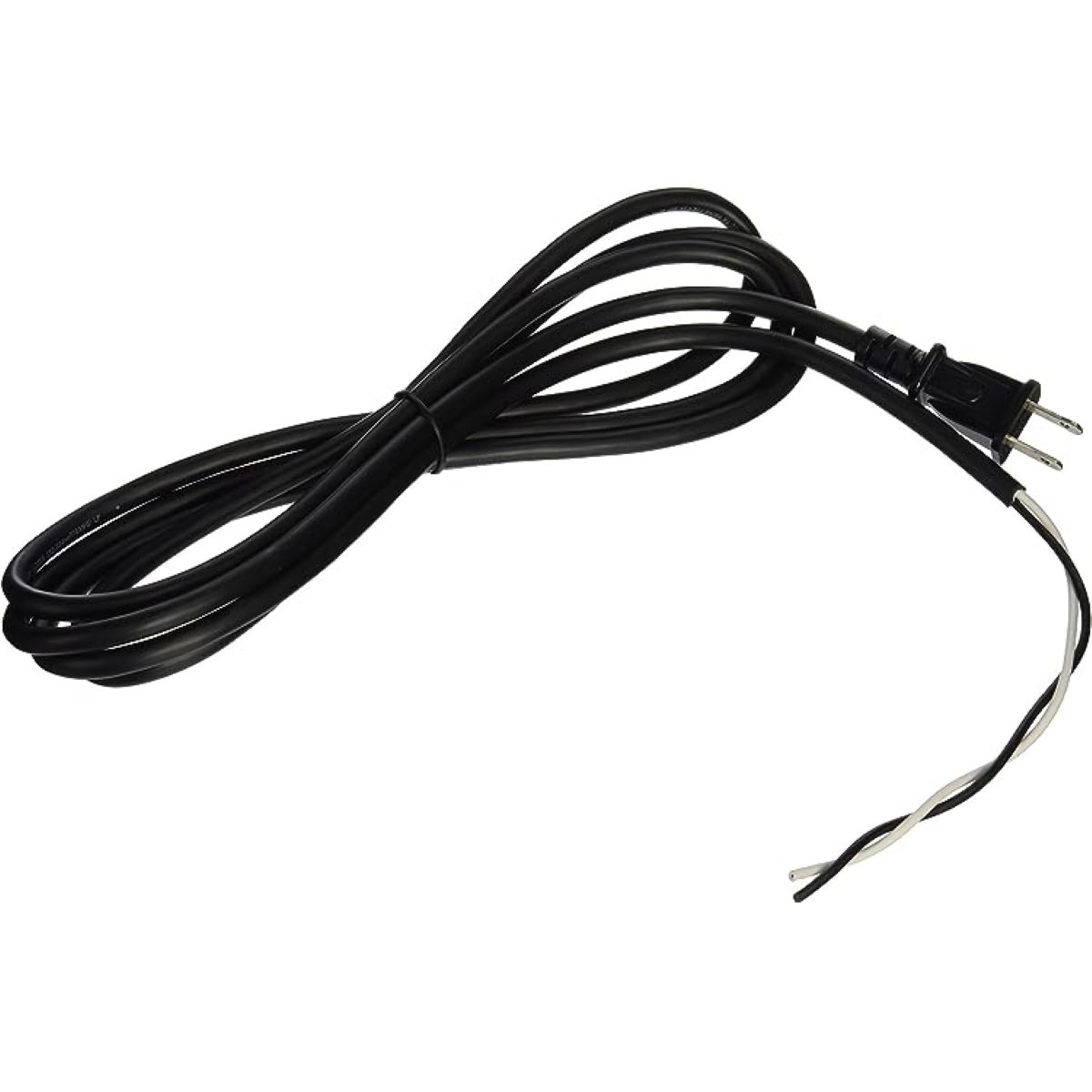
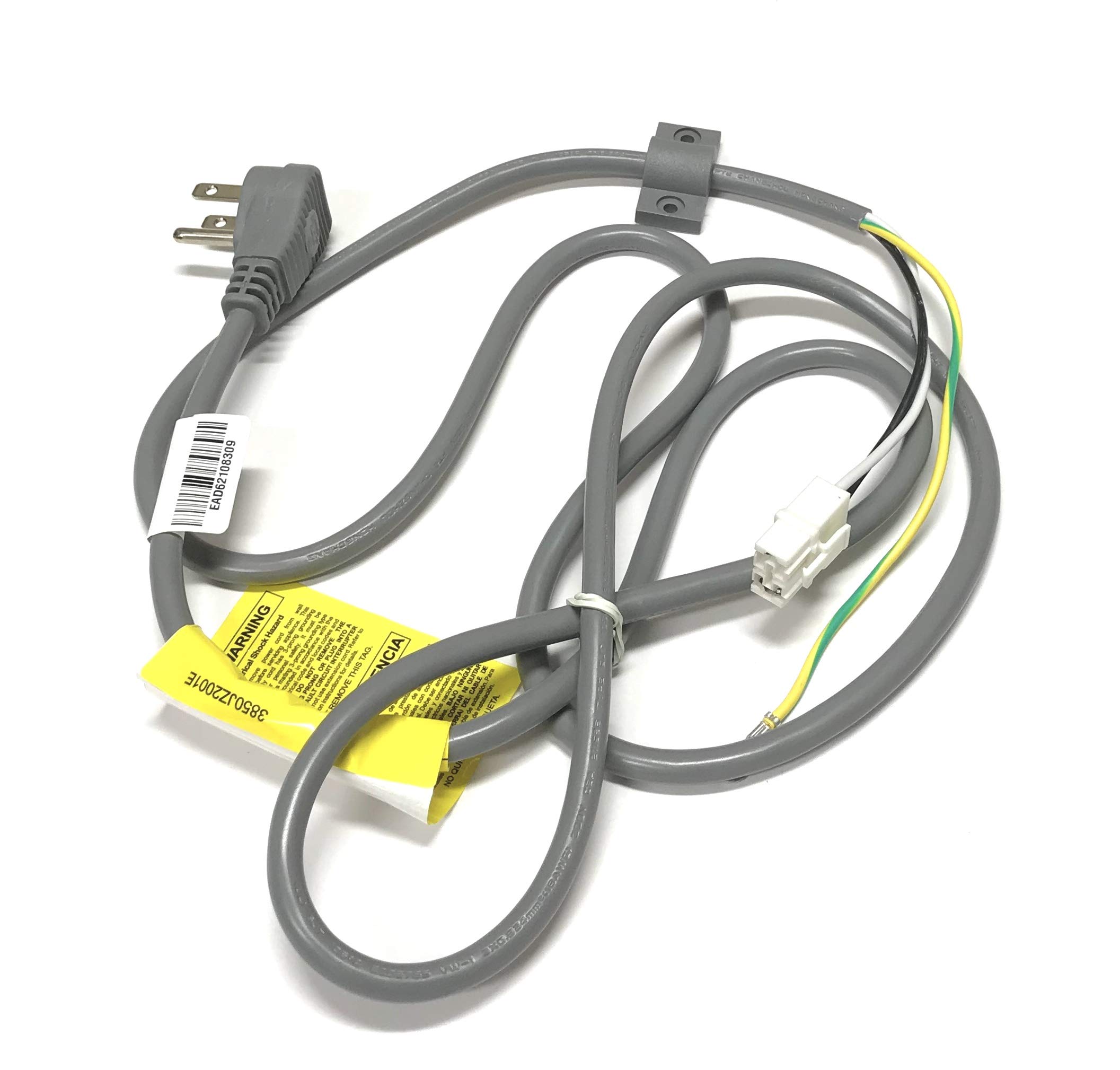
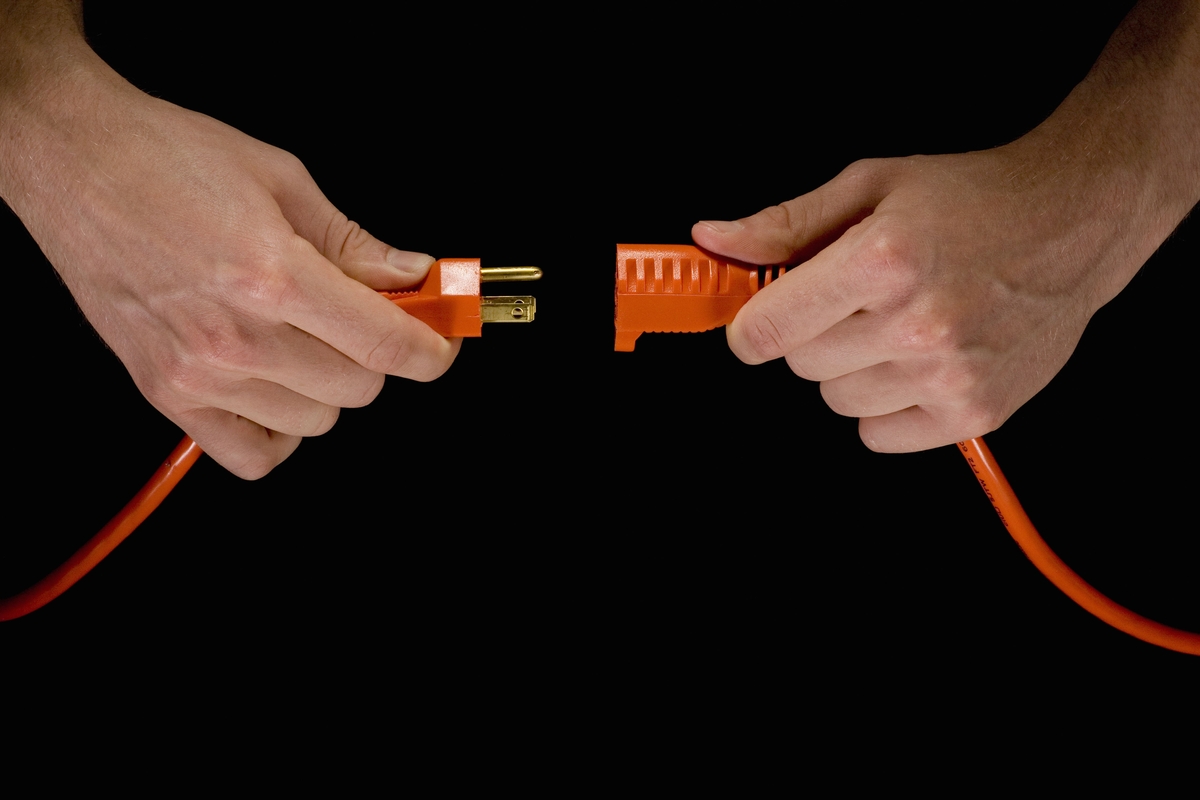
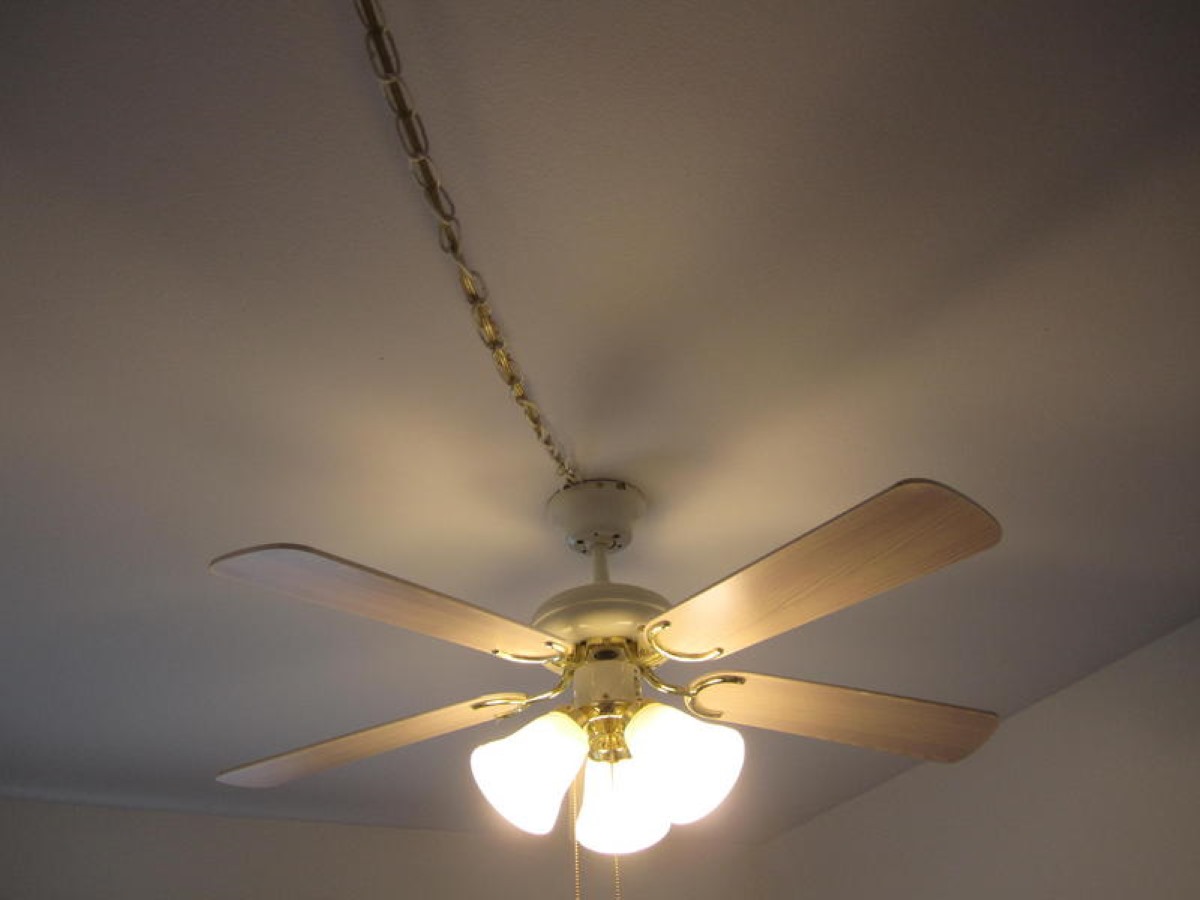
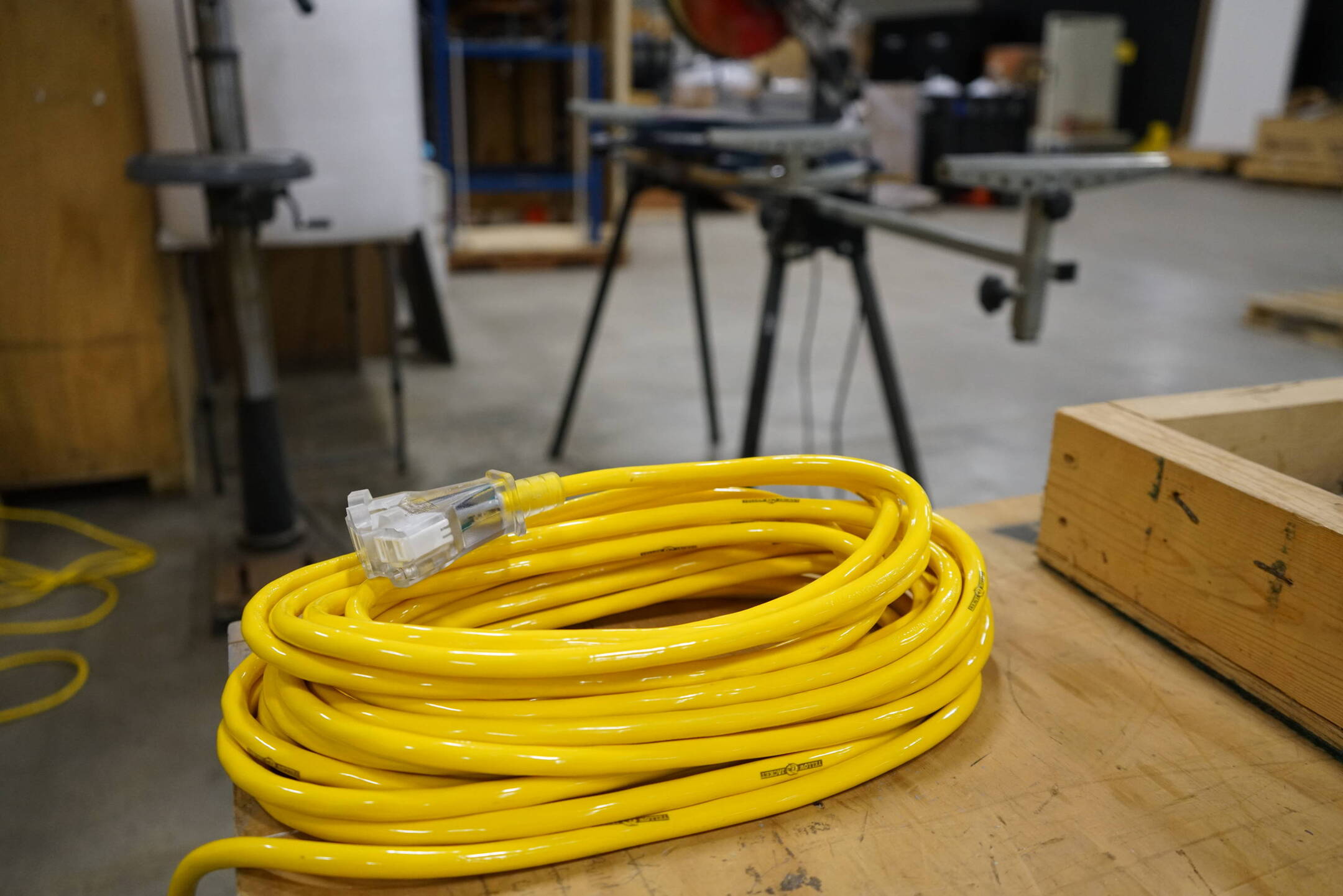
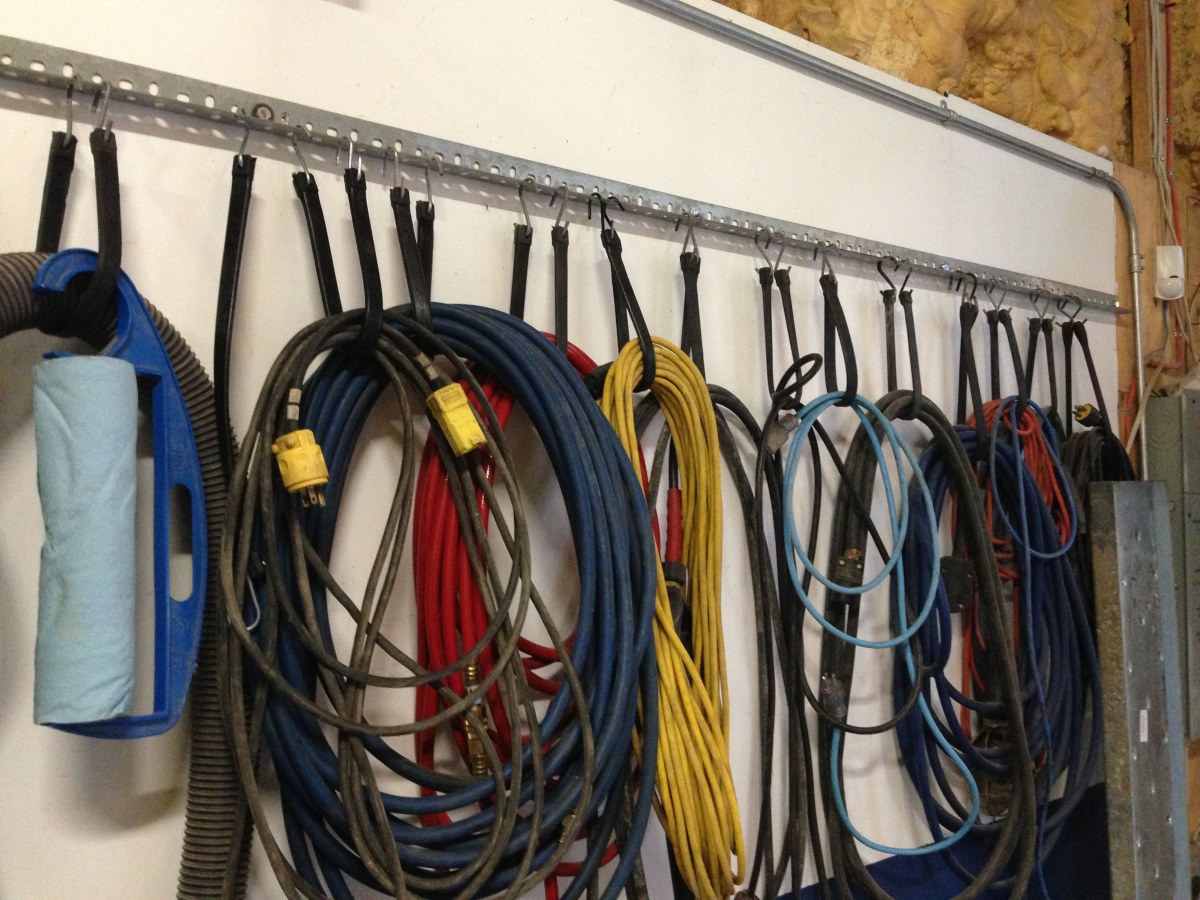
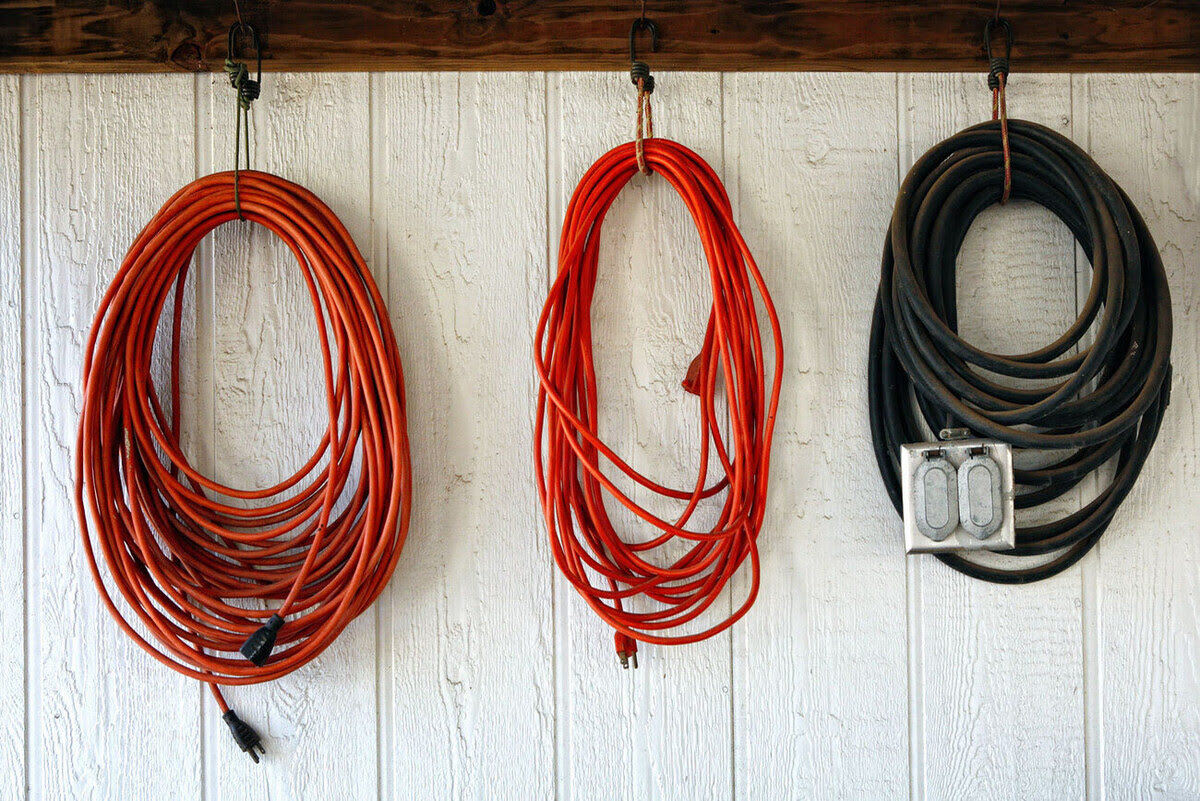
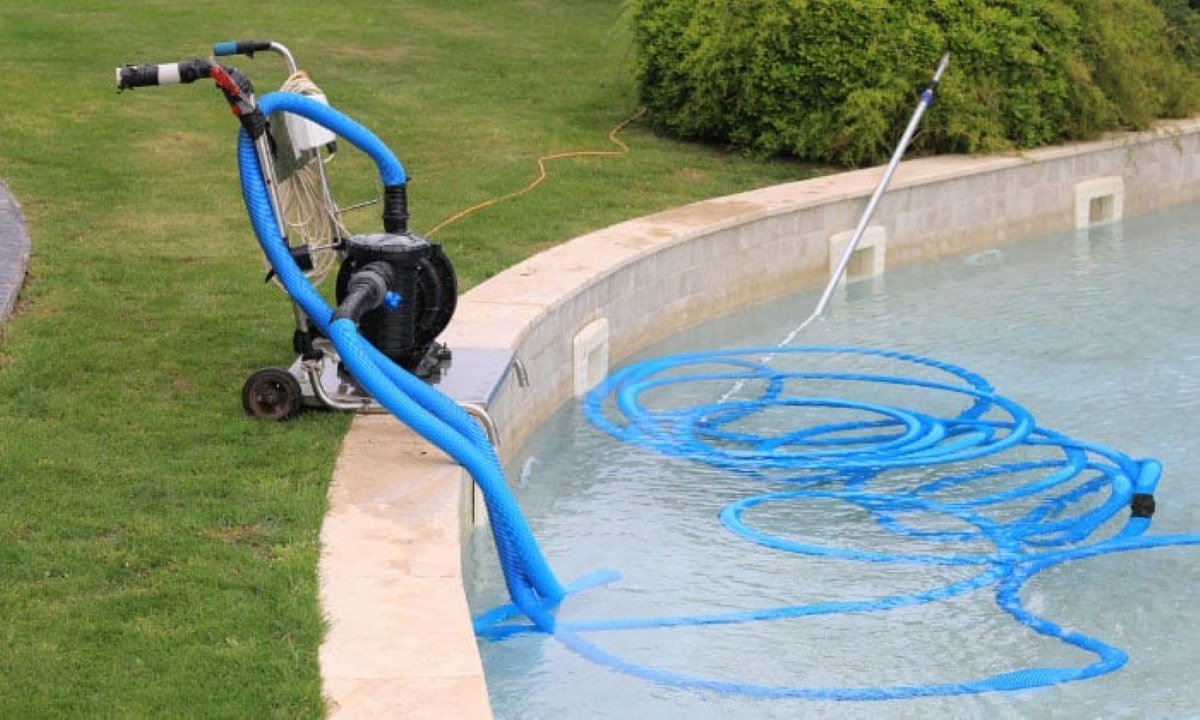
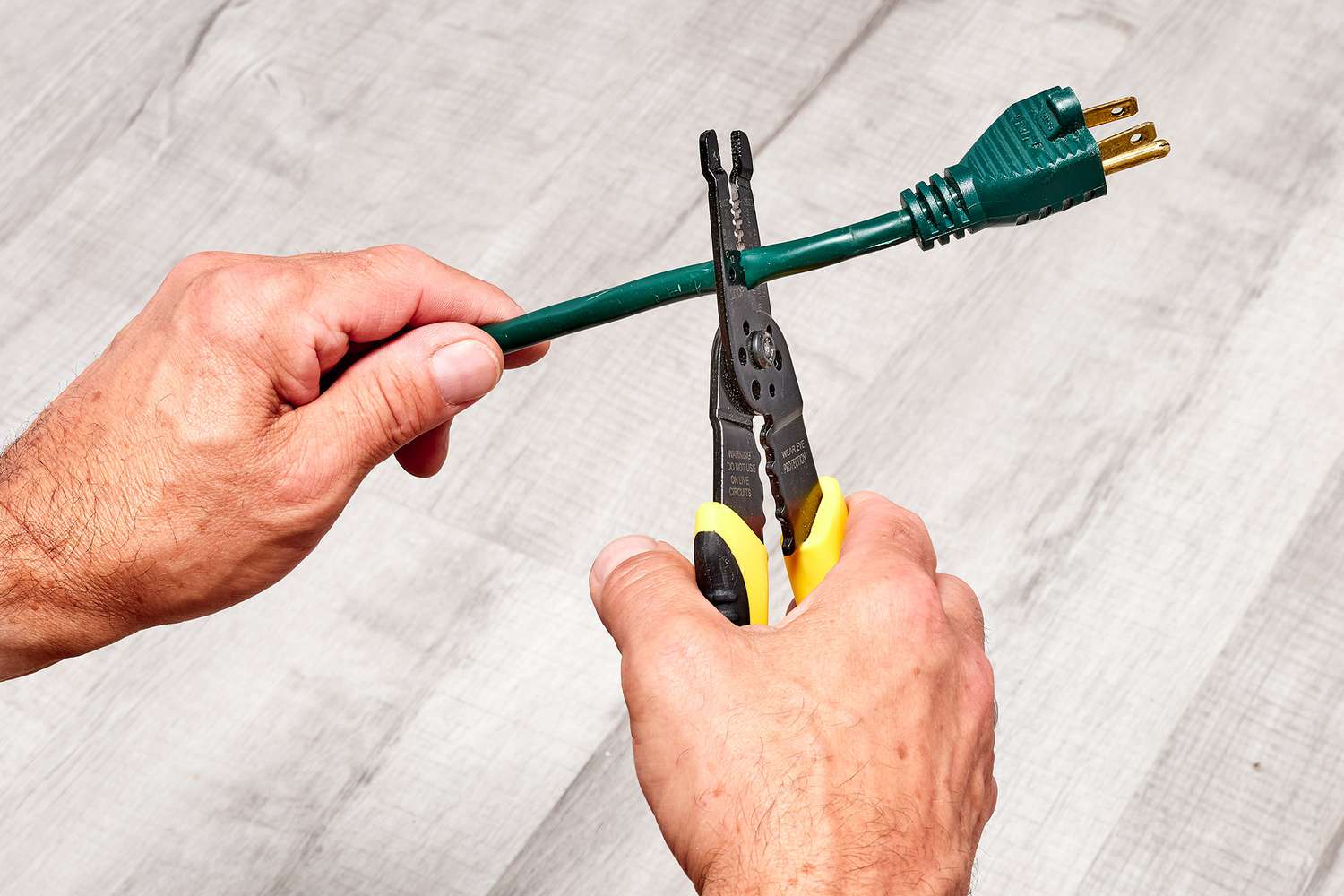
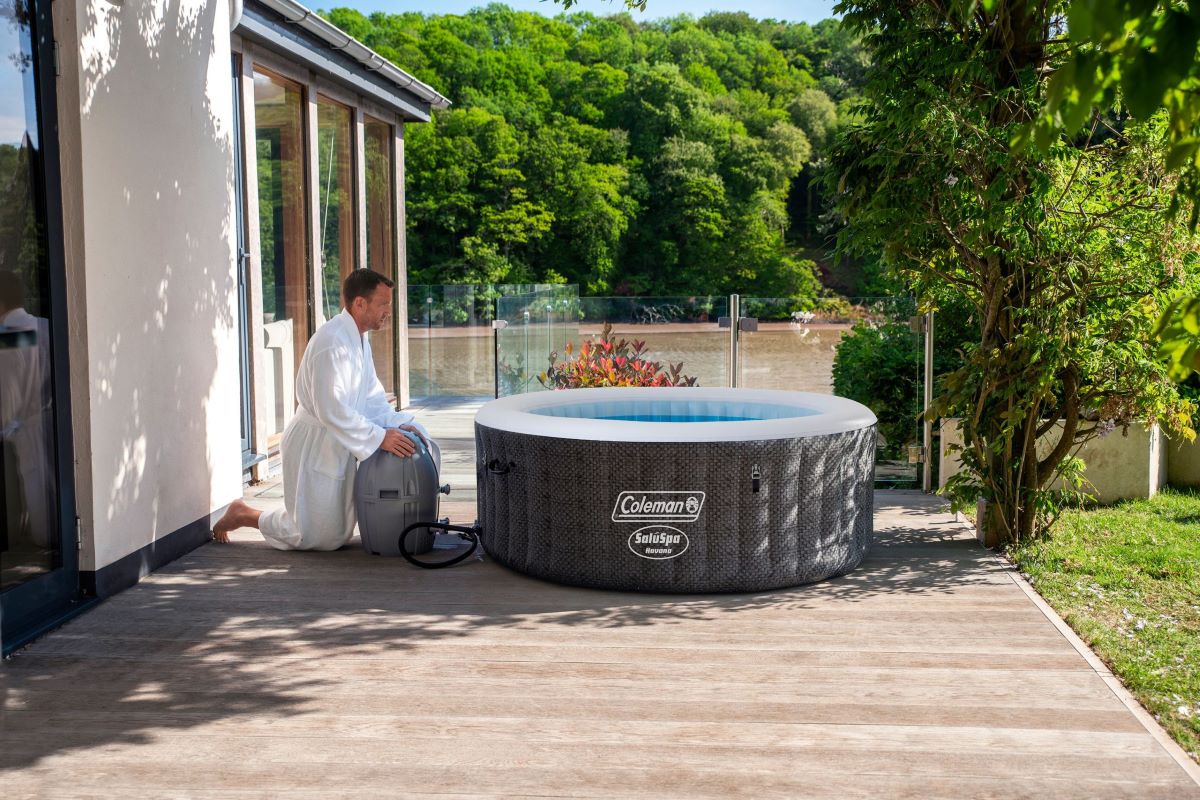
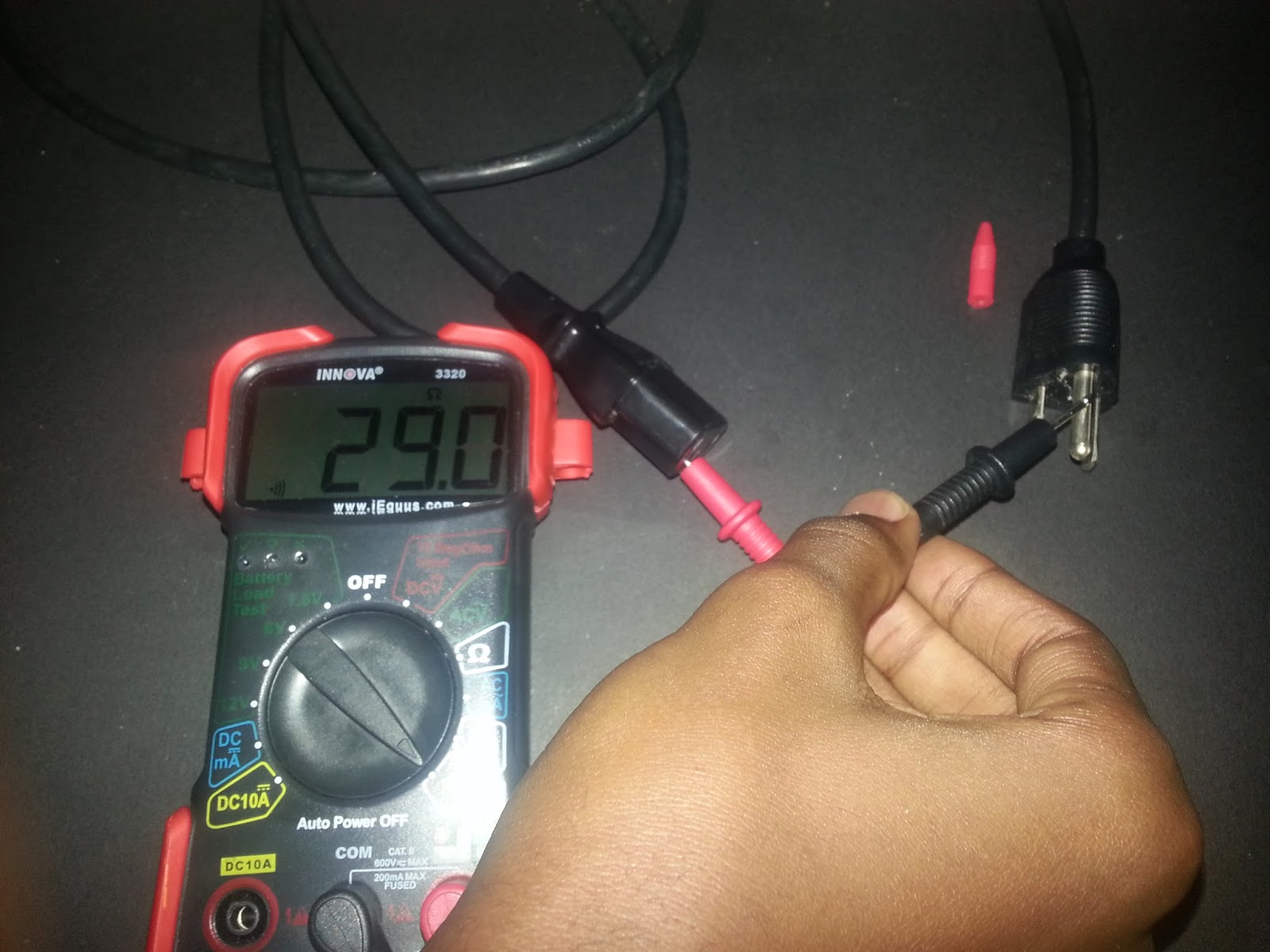
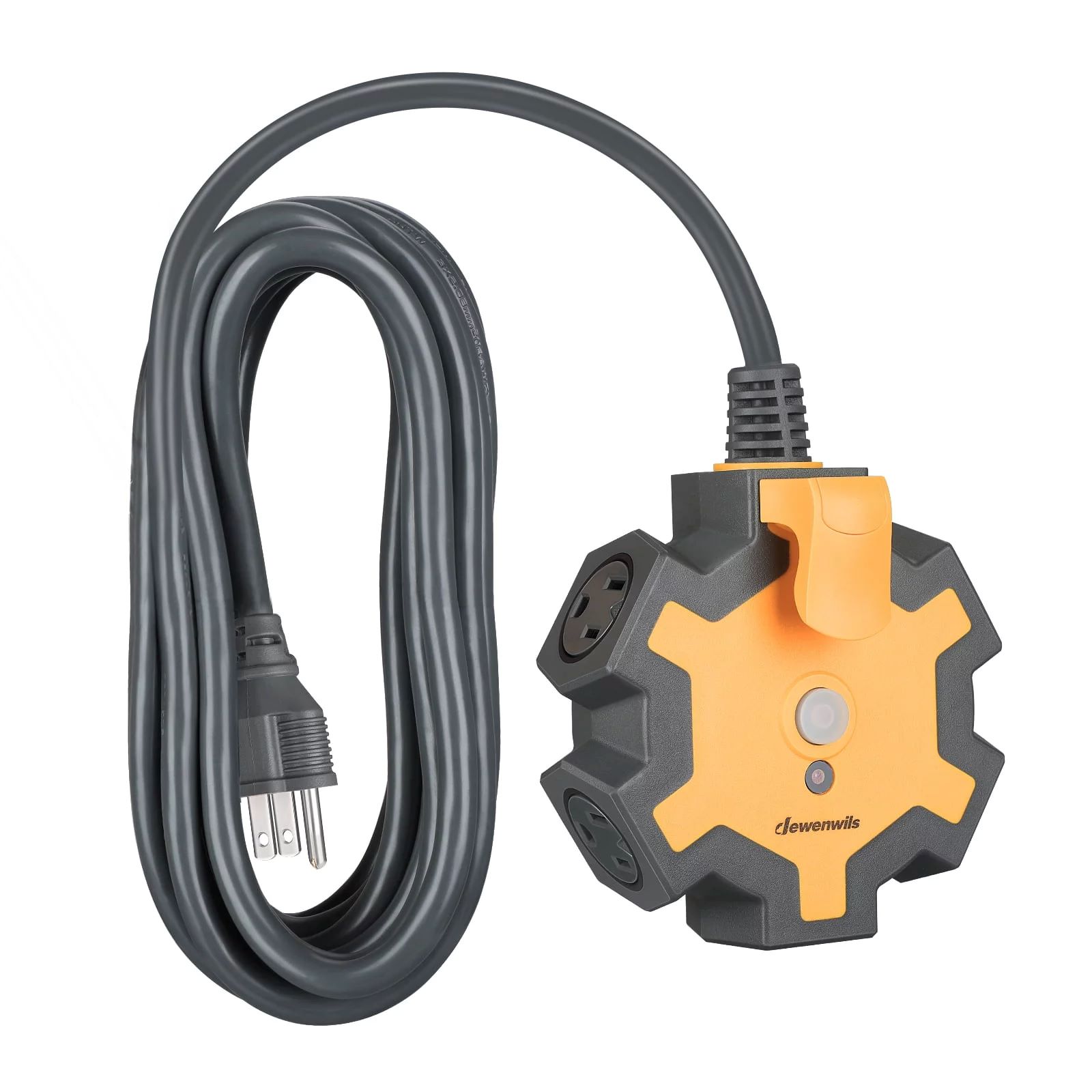
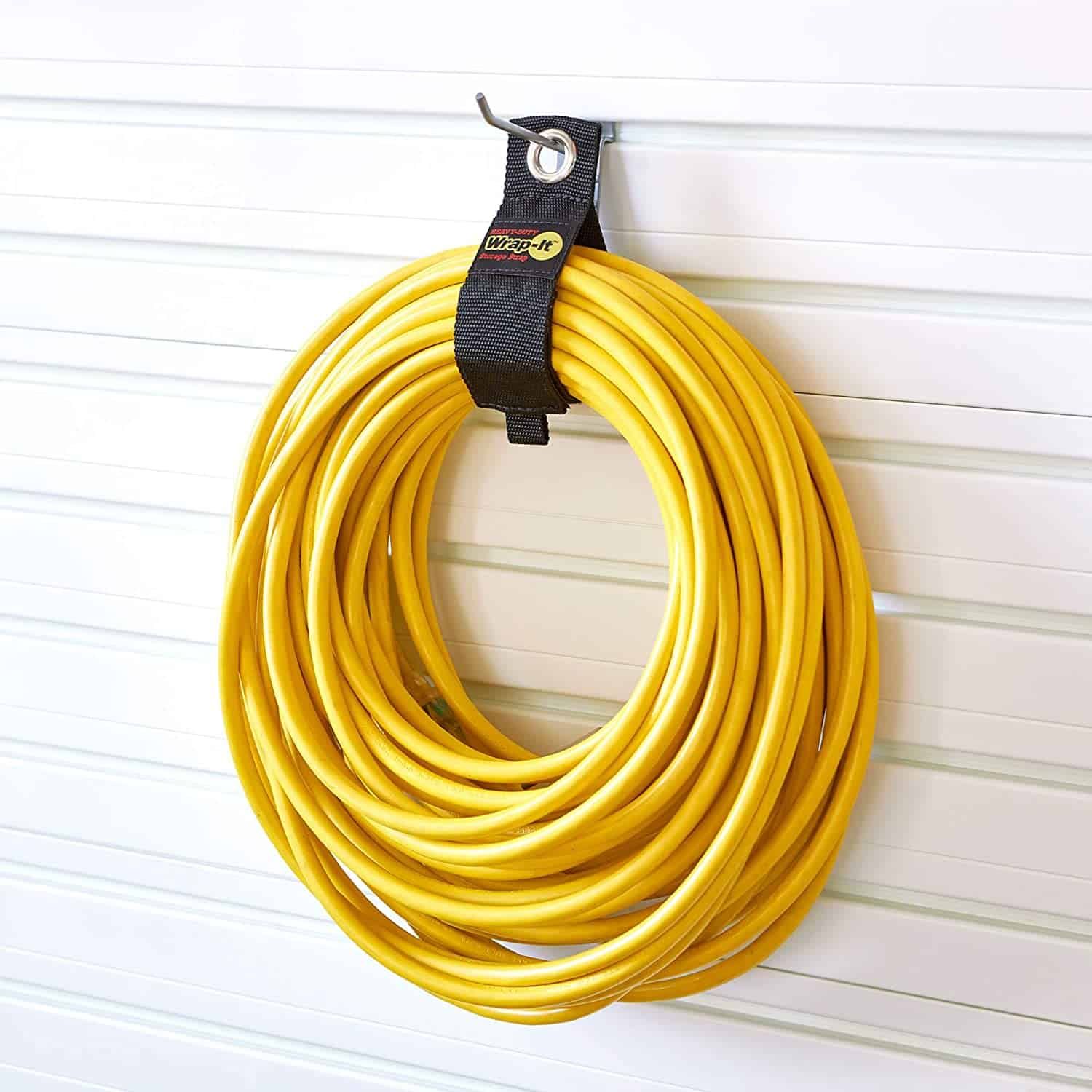
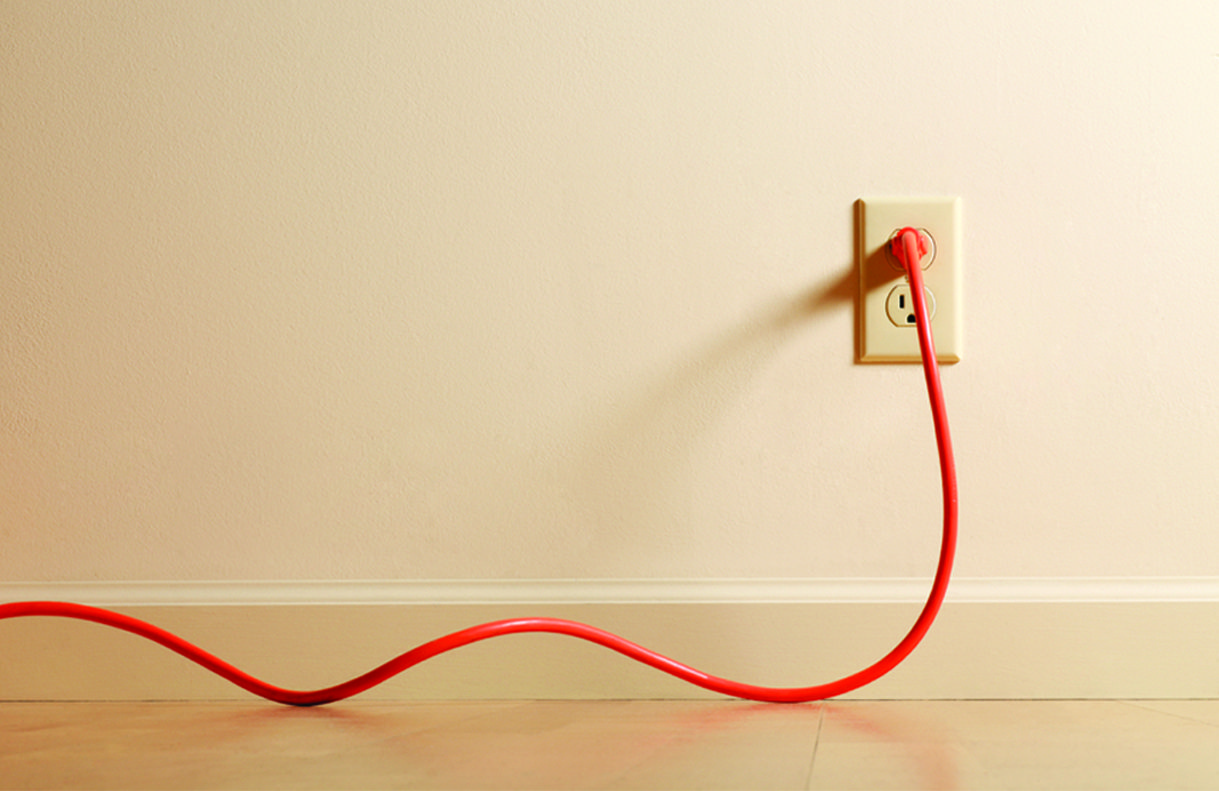

0 thoughts on “How To Store Long Extension Cords”